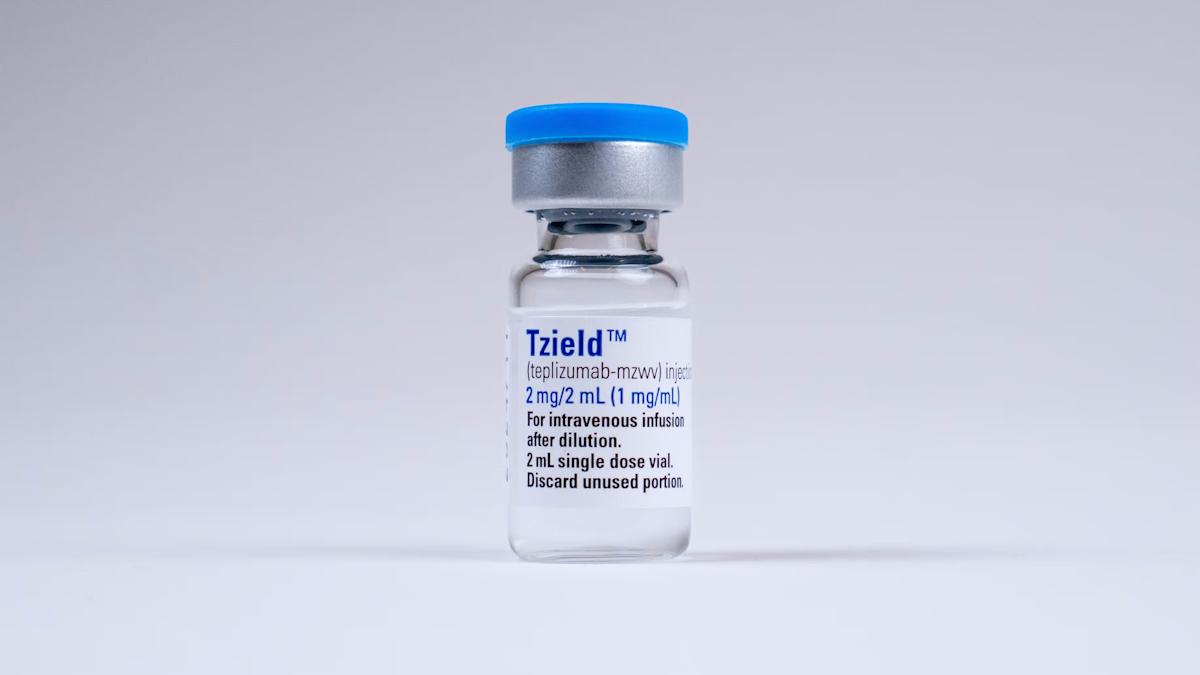NICE okays glucose sensors in kids with type 2 diabetes

Children with type 2 diabetes in the UK who have to undergo the stressful chore of monitoring blood glucose with multiple finger prick blood tests every day could soon see an end to the ordeal.
For the first time, new guidance from NICE has recommended the use of real-time continuous glucose monitoring (rtCGM) or intermittently scanned glucose monitoring (isCGM) devices as an alternative to finger pricks for hundreds of children with diabetes.
The decision – which applies to England, Wales and Northern Ireland – means that NHS doctors will be able to prescribe the monitors for their type 2 diabetes patients. A decision has not yet been made on access to the devices in Scotland.
NHS figures from 2021 suggest that there are around 1,500 people aged under 19 with type 2 diabetes, which was nearly a three-fold increase on the number five years previously and thought to be fuelled by rising rates of overweight and obesity in young people.
Glucose monitors were previously only available to children with type 1 diabetes – the form that accounts for more than 95% of diabetic children.
Now, they are available to children with type 2 diabetes who need to self-measure at least eight times a day, have recurrent or severe low blood sugar levels (hypoglycaemia), impaired blood sugar awareness or a “need, condition or disability” that means they can’t monitor their blood sugar effectively with finger prick tests.
The latest expansion in access was welcomed by patient organisation Diabetes UK. Policy manager Nikki Joule said it was important that healthcare systems “swiftly make plans to equitably roll out these devices to children who are eligible.”
The recommendation covers devices that provide a stream of data on glucose levels – typically to a smartphone – which comes from a discreet sensor worn on the body. Studies have shown that they can improve the management of diabetes by projecting which direction glucose levels are heading, so patients or carers can adapt their use of insulin.
NICE reached its decision after hearing that children found finger pricking to check their glucose levels several times a day “burdensome,” “tiring”, and “stressful.” It has introduced the change in an update to its guideline on the diagnosis and management of type 1 and type 2 diabetes in children and young people aged under 18 published today.
The health technology assessment (HTA) agency made the technologies more widely available to adults with type 1 diabetes last year, and they are also available to some adults with the type 2 form, for example, if they have recurrent hypoglycaemic attacks or have a condition or disability that means they would struggle to monitor blood glucose levels otherwise.
“Some of the children and young people with type 2 diabetes often have the most complex needs with a high proportion of them having either a learning disability, special educational need or mental health issue,” said Prof Partha Kar, national specialty advisor for diabetes at NHS England.
“Asking these children to carry out finger prick testing when non-invasive sensors are progressing to become standard care in diabetes is not right, so I am pleased these evidence-based recommendations have been made to offer this life-changing technology to them.”
Image by Tesa Robbins from Pixabay













